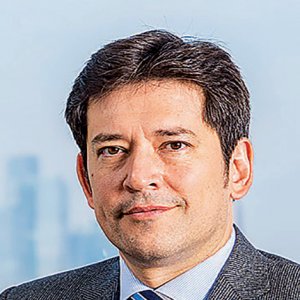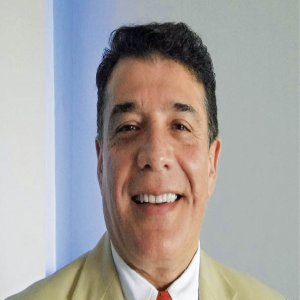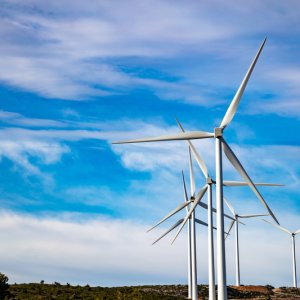Measurments that Push the Mexican Wind Industry

Q: The wind power sector is highly competitive, what main strategies has Climatik used in order to defend its position within the value chain?
A: Our solidified position within Mexican wind power was generated by our high quality wind measuring services. Before Climatik was consolidated as a company, foreign firms coming to the country were uneasy about moving to regions like Tamaulipas, which has strong wind resources, and the products we now offer had to be imported from Spain or Germany, resulting in higher costs. Climatik’s team knows the Mexican territory, and clients in Mexico feel comfortable using a company like Climatik as a service provider, which is made evident in the relationship we have with the main stakeholders in the wind industry. Most wind farm developers in Mexico require the type of sensors we sell, and our relationship with key equipment manufacturers has given us an advantage by allowing us to offer financially attractive solutions. For instance, Climatik has close ties withThies Clima, the main anemometer manufacturer in Germany, and Renewable NRG Systems, the main producer in the US.
Q: Which breakthrough technology reflects the ambitions of Climatik within the wind power market, and how does it stand out from the crowd?
A: We recently made an agreement with Vaisala, which bought Second Wind, the manufacturer of the Triton. I believe this device is the future of measurements in the industry. The Triton is a sodar, a device that sends out sound waves into the air and receives information like a Doppler system. This equipment allows users to take measurements from 30m to 200m away and can profile the site in one day, as opposed to the four weeks it can take to build a tower. It enables users to carry out measurements for a couple of months in Greenfield sites. Before making an investment, people want to know if a site is fruitful, therefore the Triton is an extremely useful instrument. It is also used in already-operating wind farms to measure the power curve of the equipment and improve production. The Triton is new to Mexico, but it has been used for many years in the US and Europe. We are working to bring this tool to developers in Mexico and display the benefits and advantages of this instrument.
Q: What challenges has Climatik faced as the sector looks beyond the idyllic resource of Oaxaca, and how were these overcome?
A: We have noticed that sites in these new locations are more complex, mainly due to their topography. The company, therefore, needs to be more creative when setting up towers. Also, most wind currents are slower than those in Oaxaca, so the new wind turbines need to be situated at a higher altitude. When Climatik started six or eight years ago, we used to put towers at heights of 40- 60m. Over the last two years the standard height increased to 80m, and now we are even reaching 100-120m. Setting such tall towers in complex topographies is challenging, although it provides opportunities for new technologies such as the Triton.
Since wind currents are different from those in Oaxaca, the designs of wind farms in these regions are different as well. For instance, changes have to be made in the way the foundations are built. Additionally, the software previously used had a linear approach, whereas the software used today in more complex sites uses a computational fluid dynamics (CFD) approach, which enables modulation of performance. Climatik is a distributor and authorized dealer for WindSim, a developer of this software. These are helpful tools because modulation requires knowledge of the characteristics and topography of the site, as well as accurate wind measurements from at least two towers. Developers need enough details regarding speed and force of the wind in order to make long-lasting, efficient blades. We are working on the construction of a wind farm in Puebla located at 2,000m above sea level, which will pose challenges in terms of equipment and maintenance.
Q: Ultimately, what kind of clients would benefit the most from Climatik’s integrated services?
A: We have customers who know the industry very well, like Gamesa and others who have been developing for many years. Moreover, people who have suitable land are aware that they can increase the price of their land threefold if they have a wind farm. With a positive, comprehensive response, developers can obtain a productive asset. Our current client portfolio consists of 90% experienced developers and 10% entrepreneurs, since few individuals have the financial resources to build a tower. In order to reach out to interested customers on a limited budget, we developed a leasing model that has received a positive response because it entails a lower investment risk.



















